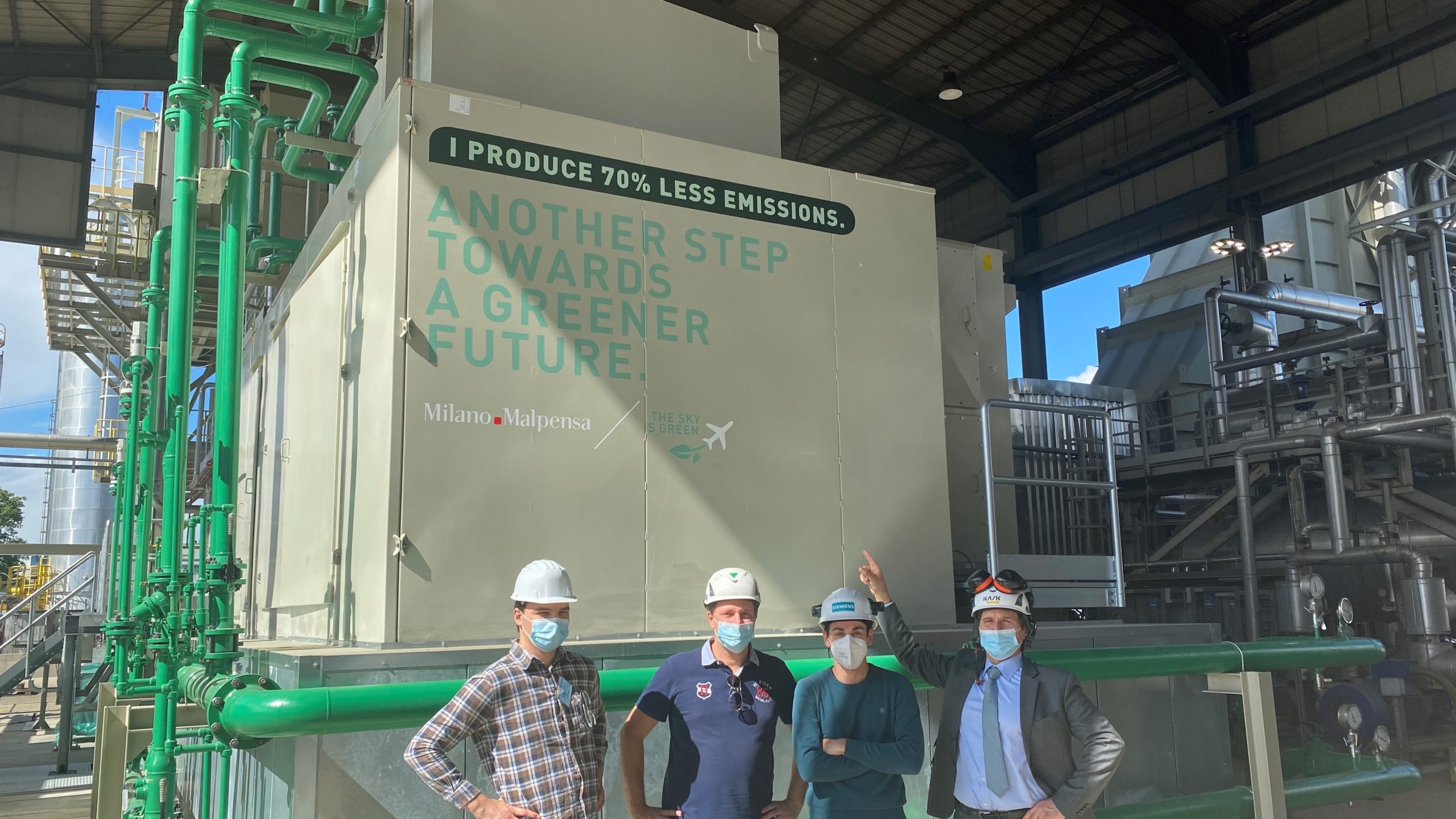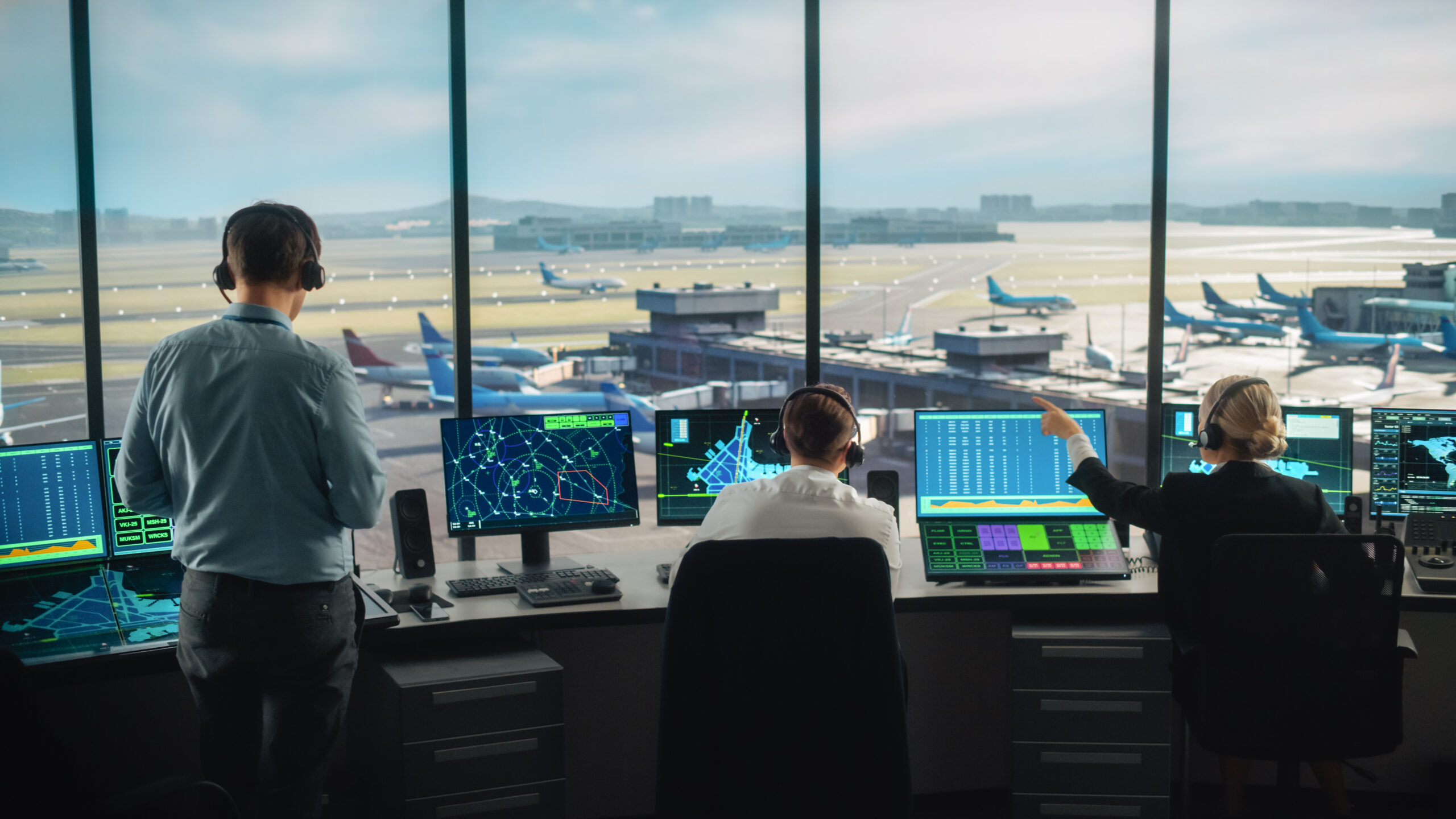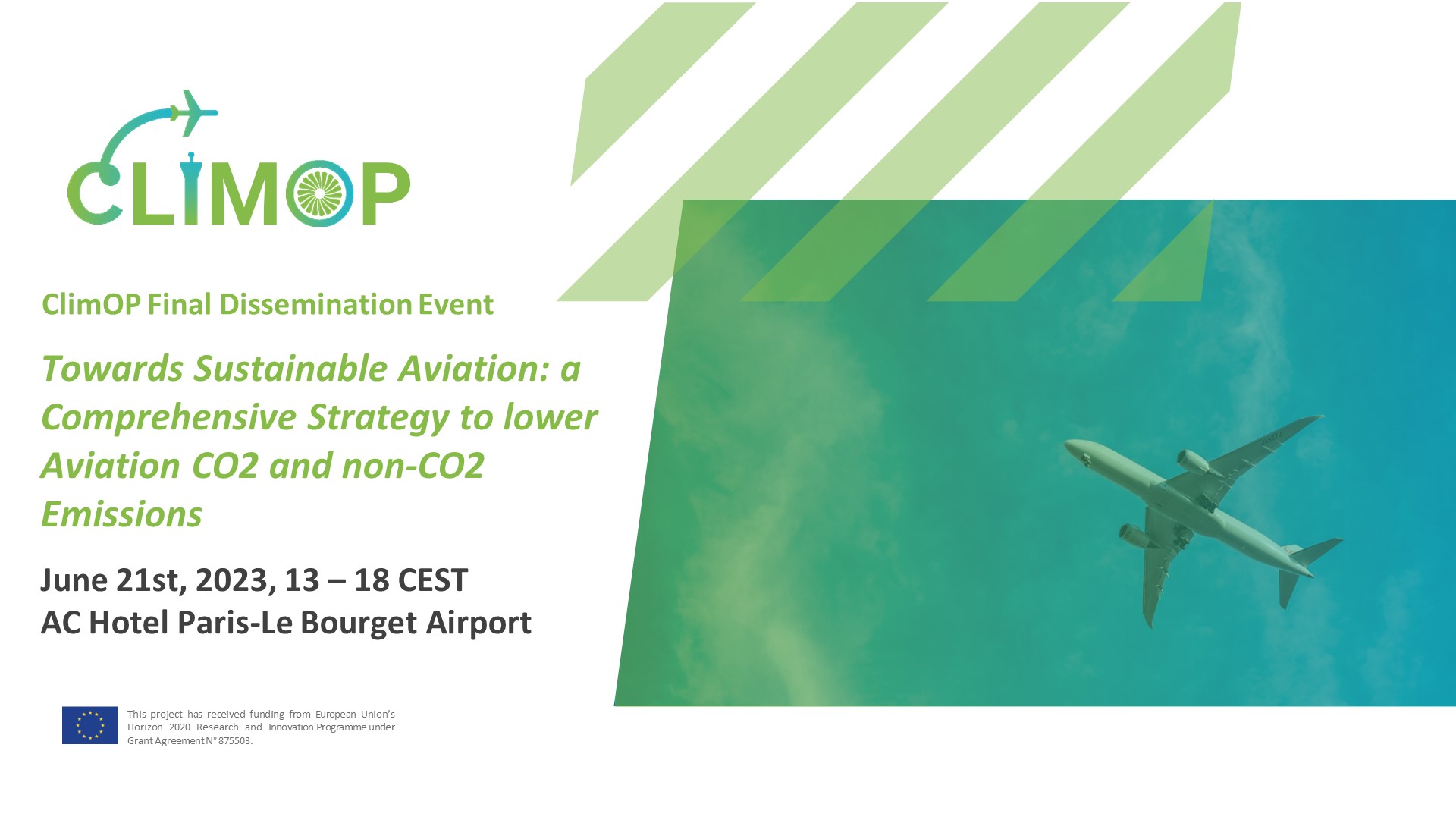Speaking of airports, the environmental performances of apron operations are as important as the energy performance of the entire airport system. This is because the path to reduce emissions impacts many aspects of airport management, not least those related to the heating and cooling of the airport’s environments, in addition to the power supply of the entire system. SEA, the company that manages Milan airports, has long established a subsidiary company, SEA Energia, which supplies energy and heat to the entire system, selling the surplus to the outside, thus maintaining control over efficiency and the sustainability of its energy and investing directly in more performing technological improvements.
In this context, a new turbine was installed at the beginning of this spring in the high-efficiency trigeneration plant in Milan Malpensa. This new gas turbine – which replaced an environmentally less performing one – will provide, as part of the existing trigeneration system, energy for the airport and surrounding facilities, as well as heating and cooling the airport’s buildings. SEA Energia has always used advanced technologies for Malpensa and Linate plants, to reduce air, soil and water pollution, constantly monitoring its activities to ensure maximum efficiency of the production systems.
The project
In collaboration with Siemens, SEA Energia has decided to renovate the Milan Malpensa airport plant by replacing an aero-derivative turbine with a new SGT-700 gas turbine. This will help SEA Energia to improve its performance both in terms of energy efficiency and from an environmental point of view. SEA’s investment for this energy improvement amounts to 13 million euros, a sign of the Group’s desire to improve efficiency and reduce the impact of the two airports managed, in line with the targets set for 2030 in terms of pollution (30% less compared to 2018) and for 2050 (Net Zero).
The impact of the adoption of the new turbine is tangible: -70% of carbon monoxide and nitrogen dioxide, -40% of fine particles and ozone and about -10% of carbon dioxide released into the atmosphere. In addition, thanks to the implementation of the new SGT-700 turbines, SEA Energia will be able to meet the emission limits set by the Lombardy Region and by current legislation. Malpensa will thus achieve higher energy efficiency thanks to the new turbine, optimizing the output of the current plant.




